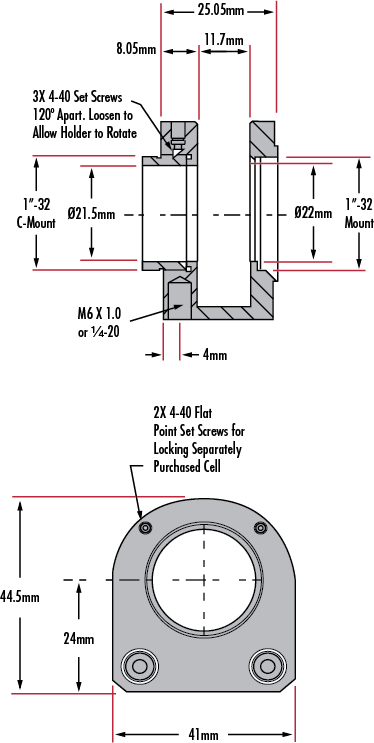무엇을 도와드릴까요?

TECHSPEC C-Mount Filter/Polarizer Holder는 C-mount 호환 시스템에 사각 또는 원형 광학 부품을 고정하도록 설계되어 있습니다. 완전한 TECHSPEC C-Mount Filter/Polarizer Holder를 구축하려면 housing 및 optic cell이 필요합니다. 다양한 post를 사용할 수 있도록 보장하기 위해 M6 또는 ¼-20 tapped holes이 있는 housings을 이용할 수 있습니다.


혹은 지사별 연락처 확인
견적 도구
재고번호 입력 후 바로 시작
Copyright 2023, 에드몬드 옵틱스 코리아 사업자 등록번호: 110-81-74657 | 대표이사: 앙텍하우 | 통신판매업 신고번호: 제 2022-서울마포-0965호, 서울특별시 마포구 월드컵북로 21, 7층 (서교동 풍성빌딩)